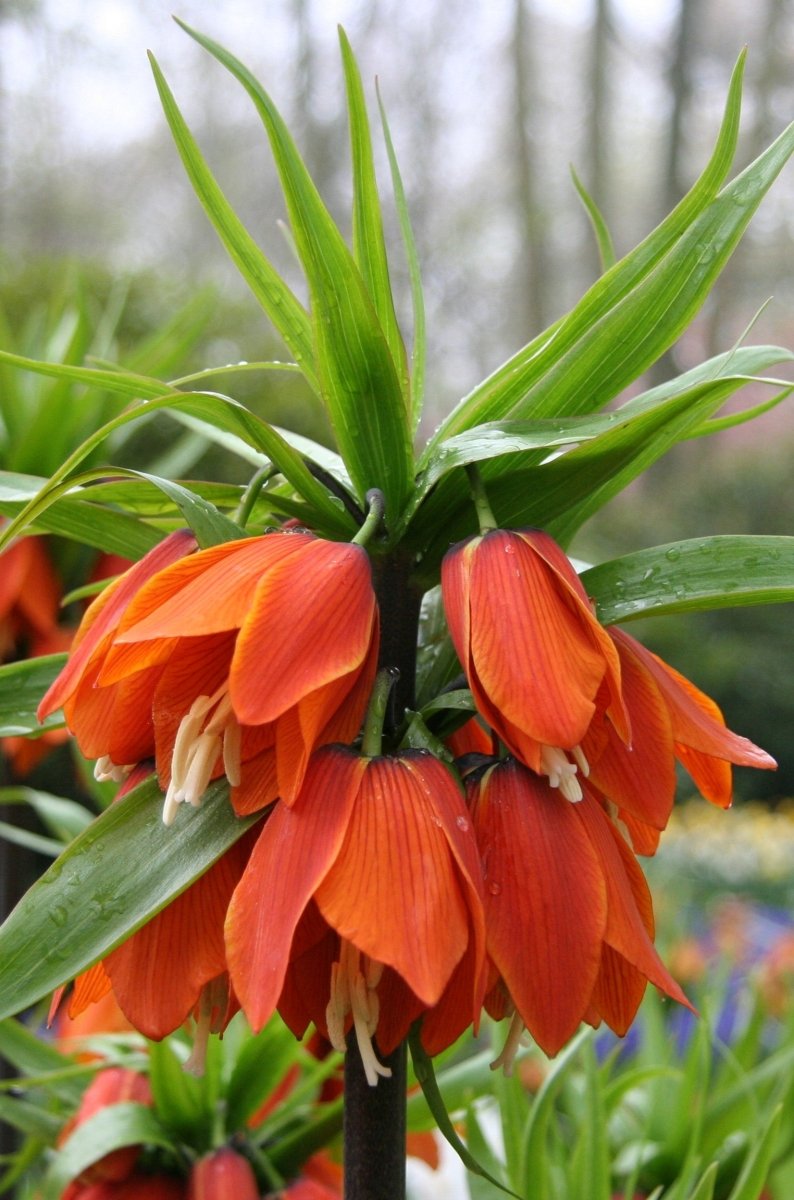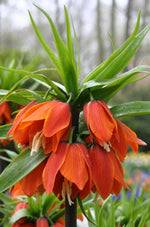
Rubra
About Rubra
Fritillaria Rubra, also known as the orange fritillary, is a striking and unique flower that will elevate any garden with its rich, deep orange blooms. This beautiful bulb thrives in a variety of conditions, making it a perfect choice for both beginners and experienced gardeners alike. With its delicate, yet bold appearance, the Fritillaria Rubra will stand out in any landscape.
-
Vibrant orange flowers: gorgeous, bell-shaped blooms that add instant color to your garden.
-
Easy to grow: tolerant of different soil types and growing conditions.
-
Late spring bloom: enjoy a stunning floral display just as other plants are fading.
-
Pest-resistant: Fritillaria Rubra naturally repels pests like deer and rabbits.
-
Great for borders or containers: versatile for various garden setups, both in the ground and pots.
How to plant and take care of Fritillaria Rubra:
-
Plant depth: plant bulbs 4-5 inches deep in well-draining soil.
-
Spacing: space bulbs 6-8 inches apart for proper growth.
-
Sunlight: ensure the planting area gets partial to full sun exposure.
-
Watering: water lightly, keeping the soil moist but not soggy, especially in the growing season.
-
Fertilization: use a balanced fertilizer in early spring for healthy growth and vibrant blooms.
-
Winter care: mulch the bulbs in colder climates to protect them from freezing temperatures.
FAQs

